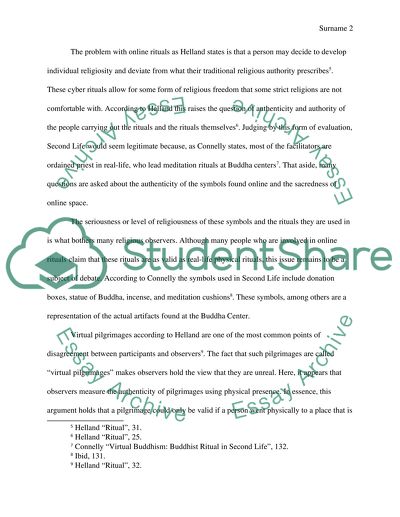Cite this document
(“How Authentic And Religious Are Virtual Rituals Essay”, n.d.)
How Authentic And Religious Are Virtual Rituals Essay. Retrieved from https://studentshare.org/religion-and-theology/1476968-explain-christopher-helland-s-discussion-of-ritual
How Authentic And Religious Are Virtual Rituals Essay. Retrieved from https://studentshare.org/religion-and-theology/1476968-explain-christopher-helland-s-discussion-of-ritual
(How Authentic And Religious Are Virtual Rituals Essay)
How Authentic And Religious Are Virtual Rituals Essay. https://studentshare.org/religion-and-theology/1476968-explain-christopher-helland-s-discussion-of-ritual.
How Authentic And Religious Are Virtual Rituals Essay. https://studentshare.org/religion-and-theology/1476968-explain-christopher-helland-s-discussion-of-ritual.
“How Authentic And Religious Are Virtual Rituals Essay”, n.d. https://studentshare.org/religion-and-theology/1476968-explain-christopher-helland-s-discussion-of-ritual.


